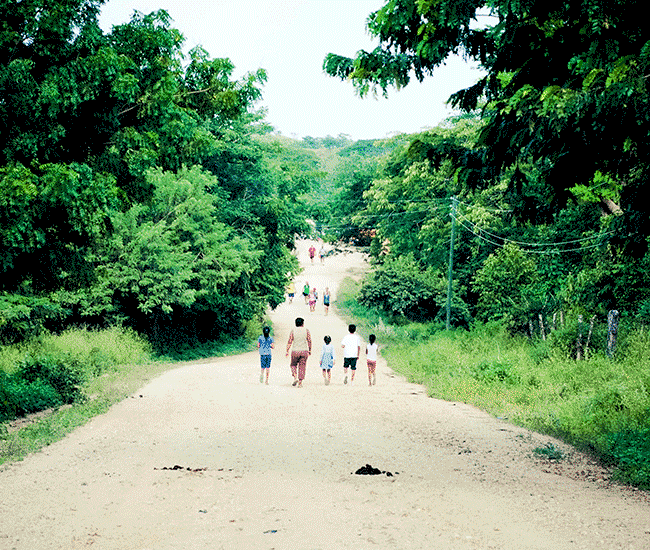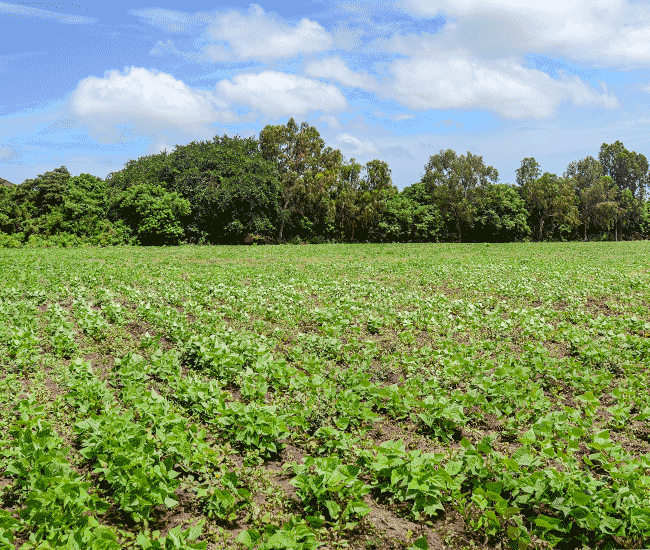CSR
Fortified Biscuit Initiative in Nicaragua
The Need for Iron Fortification in Developing Countries
Our motivation for this project is to help address the unfortunate prevalence of Iron Deficiency Anemia (IDA) in Nicaragua and other developing countries throughout the world, and the negative impact it has on the cognitive development and education of children and youth.
At an international level, the benefits of fortifying food is being promoted by several organizations such as FAO, WFP and companies such as Nestle, Mondelez, Danone and the Gates Foundation. The Global Alliance for Improved Nutrition (GAIN), which receives donations from the Gates Foundation, recently published an article entitled How do we end malnutrition in our lifetimes, according to The Guardian, “childhood nutrition is the most critical and economically sound intervention”.
The above links are just some of the many reports and facts on this subject.
Our inspiration also stems from the fact that fortifying biscuits with heme iron, has proven to achieve success and work efficiently when efforts are coordinated between the government, universities and private industry. We refer to the examples in Costa Rica and in Chile (please see link to view the Chilean study in detail).


The Potential of Iron Fortification to Address Iron Deficiency Anemia and Improve Nutritional Outcomes
- Heme iron is better absorbed than non-heme iron,
- When iron from haemoglobin is added to test meals, it is better absorbed than non-heme iron,
- Iron from haemoglobin is not prevented from being absorbed by the iron absorption inhibitors present in food.
Success of Iron Fortified Biscuits in Improving Nutritional Outcomes in Chile

